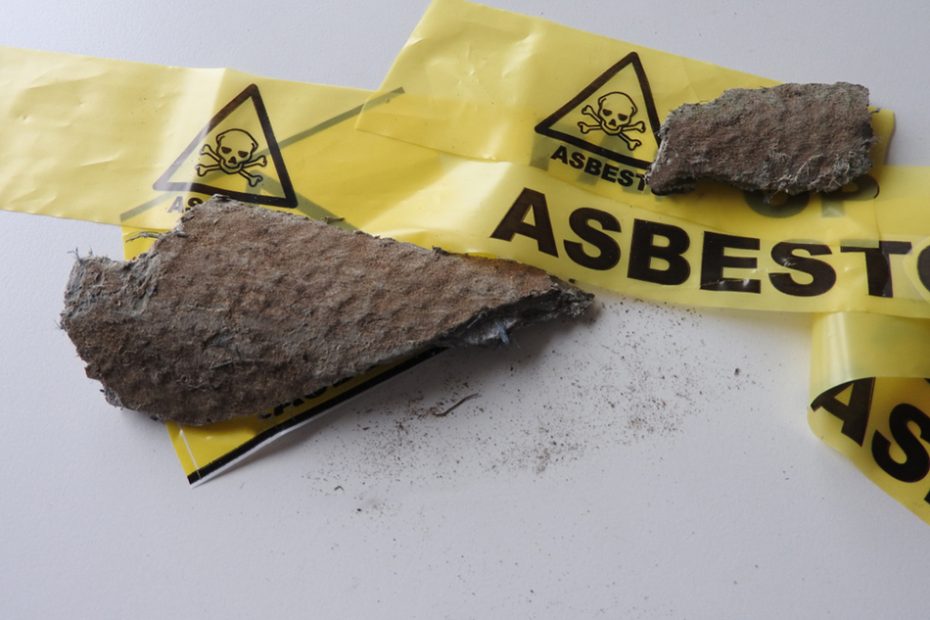Air quality is critical, especially in our living environment, where we expend energy. Therefore, the air we breathe every day must be as solid as expected. Indoor air quality issues can have an extraordinary impact on the well-being of individuals, particularly those with asthma, sensitivities, or lung infections. The adjoining blog entry offers you data on the indications you ought to be aware of air quality.
What are the side effects of low air quality?
Poor indoor air quality primarily affects wellness, and sure signs alert us that a problem exists. You regularly suffer from migraines, fatigue, and tiredness; it could be due to the air you are relaxing in. The same is true if your asthma or sensitivity worsens and you struggle with sinus congestion, constant coughing, or wheezing. You may also notice skin conditions such as skin changes and eye or nasal changes. Dizziness and nausea are also typical in individuals living in places with unfavorable air quality.
What can be the sources of poison?
Some sources are the prerequisite for lousy air. These can be actual specialists like residue, radon, asbestos, Mold, or building materials. They can likewise be synthetic specialists like carbon monoxide, formaldehyde, tobacco smoke, or other unstable mixtures. Some specialists are more natural in origin, for example, molds, dust parasites, microorganisms, animal spit, or even infections. Biological variables can likewise be a significant factor in air quality. Then it is essential to look for inadequate ventilation or excessive heating, humidity that is too low or, contrary to the norm, too high. Also, watch for water damage or unfortunate housekeeping. Continuous inhalation of high levels of low-quality air is highly problematic. Young children and the elderly are particularly helpless in the face of poor air quality, which can be all the more effective in promoting illness.
How to Develop indoor air quality?
Fortunately, there are solutions to improve indoor air quality further. For example, you can influence the moisture content of the air by using a humidifier or dehumidifier. You can also consider installing an air exchanger or using a UV air purifier. Keep your home appliances updated regularly, and open the windows to ventilate the air if there is brown haze. Try not to neglect the vacuum cleaner and renew the ducts of your ventilation, heating, and cooling systems.
If all else fails, contact a professional who can check your indoor air condition and suggest measures to suit your situation.



